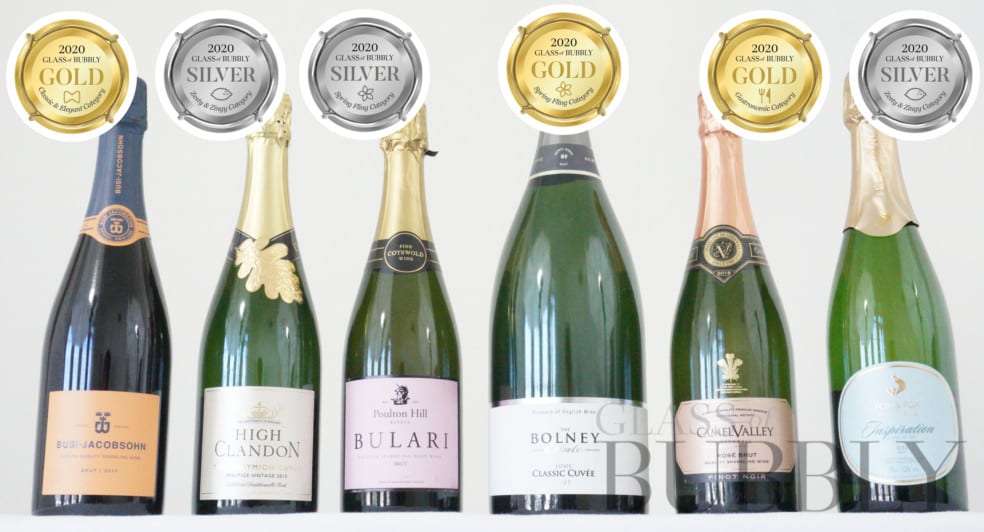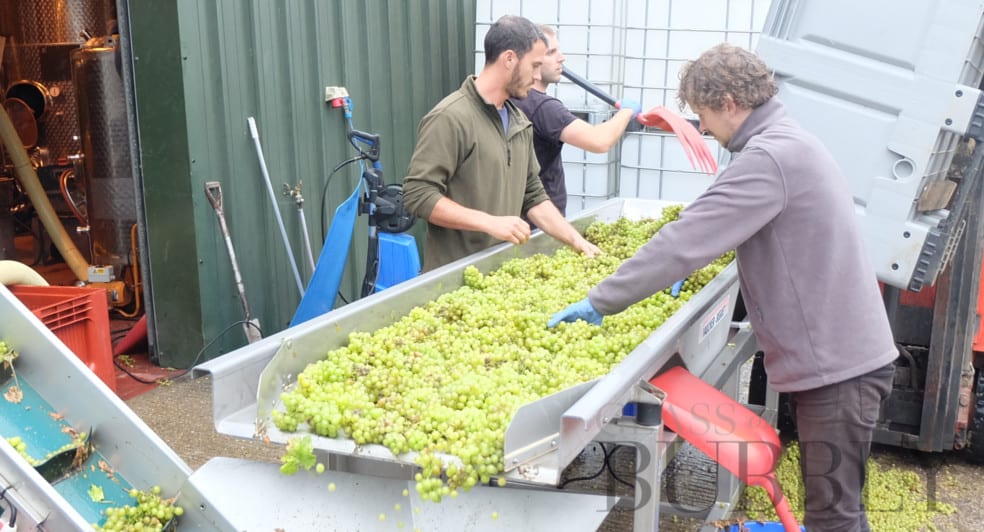Ever so British: Tiffin, Cuppa, Ruby Murray and Plonk
18th March 2021

With English as my mother tongue, I am very fortunate that most of the language comes together and makes sense, even though at times I may need a split second to interpret a new addition to the dictionary in my brain. From cockney slang to posh dialect, not only have we the words that Collins, of the dictionary fame, presents us, we also have a very long list of variations and adoptions from region to region that makes me pity any foreign person who wishes to master the entire spread of the British ‘English’ language.
For this article, I wanted to delve straight into food and drinks and how we British have a very diverse way of naming and describing this topic.
“Imagine trying to teach someone wanting to learn English about how we refer to a ‘cup of tea’. Complicated? Maybe not, though if we start delving into things then we confuse them undoubtedly with such terms as a cuppa, Rosy, char, elevenses and even ‘shall I be mother?’.”
As we travel up and down the country and from east to west, we see a variation in commonly used words for foods and drink. Some slang terms are universal to all whereas others are unique to regions and sometimes even cities:
Newcastle – Bag of Kets (Bag of sweets)
London – Ruby Murray (Curry)
Irish – Broughan (Porridge)
British – Bangers (Sausages)
We British love our drink (alcohol), from pubs to BBQs at home, weddings to parties in the park, we see cans, bottles, cartons, kegs, pumps and more unleashing the booze. Tipples to a bevvy, sauce or sherbet, one for the road to a drop of the hardstuff, nearly all alcoholic drinks remain favourable across Britain including beer, ales, whiskey, gin and wine.
“The average UK household spends £868 on alcohol each year, based on an average household size of 2.4 people—£452 for consumption at home and £416 on drinks out of the house.” source nimblefins.co.uk https://www.nimblefins.co.uk/average-alcohol-spending-uk
Overindulging can bring on those highly regrettable moments when waking up the morning after the night before. From being hammered, plastered, wasted, sloshed, tanked up, blotto, canned to being juiced up, legless, rat-faced, smashed, sozzled or as many would not so politely say – p#ssed as a fart.
What about our love for wine? As we also call it, vino or a drop of plonk, grape juice, some claret, bubbly, fizz and champers. White, red, rosé or fizzy, wine remains a popular choice both when at home or at the bar/restaurant – Spoilt with many options from Spanish to Argentinian, from Grand Cru Bordeaux to cheap and cheerful Prosecco.
Brits love wine, though what is not always known is that we Brits also produce our own wine. I am not talking about grapes grown in back gardens, squashed by feet in a rusty bucket with a cloudy and unappealing final outcome bottled with a cheap cork and a handwritten label – We are talking about fully operational wineries selling to both a local and international client base.
Many of us will be drawn into the drinks aisle at the supermarket and undoubtedly a Prosecco or two will be on promotion along with a Rioja and New Zealand white wine. Leaving brand names aside, we are tempted by bottles at under £5 to those more expensive options usually occupying space on the Champagne shelf at eye level or above. Some of us will be drawn in by price, others simply by the style we are after (red, white, fizzy, dry, sweet) and some may be more precise in our requirements and choose by grape / region / brand name.

Bolney Wine Estate – Grape Harvest
How often though have you picked up a bottle that is made closer to home, on our home shores to be precise? Certainly, at supermarkets, this would be a difficulty with only a smaller percentage of outlets stocking and when they do, only a bottle or two, of wine made in Britain.
“It is said that less than 1% of wines enjoyed here in Britain are actually those made in England / Wales. The wine sales in the UK top £10 billion annually with Italian and French being the top two countries on the list. Surprising to many, we have over 500 vineyards here in Britain now and each year more and more are being launched with more and more hectares of vineyards planted. We will only see homegrown wines sales increase in future years and more examples being easily accessible in superstores.”
How good is English Sparkling Wine?
The way in which most sparkling wines are judged is how they compare to those of Champagne. Globally the best sparkling wine is known to be Champagne from most professional sources such as wine critics and results at wine awards. Champagne in most cases performs better compared to any other sparkling wine, though their many years of dominance are now being challenged to include by some produced here in England.
Spread out across England, mostly southern parts, are countless vineyards of which the majority produce sparkling wines (made in the same process as Champagne). Many are relatively young having only been around in the last 10 to 15 years whereas most Champagne houses can show centuries of wine production and history.
As more and more people report on increasing temperatures annually in England and also thanks to a very similar makeup of the land/soil to that of the Champagne region, the growing conditions are improving. What Champagne had a few decades ago has travelled up further north to our shores, and been replaced with a warmer climate, the French having to adapt their production methods such as when to harvest and how to compensate any diverse results from the grapes.
Award winning English Sparkling Wines:
Below are examples of 6 award winning wineries and an example of sparkling wine that they produce. Results taken from the 2020 Glass of Bubbly Awards:
Busi Jacobsohn: Brut Classic Cuveé 2017
GOLD MEDAL 2020 – Classic & Elegant
Website: https://www.busijacobsohn.com/
High Clandon: Endymion Cuvée Prestige 2015 Brut
SILVER MEDAL 2020 – Zesty & Zingy
Website: https://www.highclandon.co.uk/
Poulton Hill Vineyard: Bulari Rosé 2015
SILVER MEDAL 2020 – Spring Fling
Website: https://poultonhillestate.co.uk/
Bolney Wine Estate: Classic Cuvée NV Magnum
GOLD MEDAL 2020 – Spring Fling
Website: https://bolneywineestate.com/
Camel Valley: Pinot Noir Brut Rosé 2018
GOLD MEDAL 2020 – Gastronomic
Website: https://www.camelvalley.com/
Fox & Fox: Inspiration Blanc de Gris 2014
SILVER MEDAL – Zesty & Zingy
Website: https://www.foxandfox.wine/
![]()
Christopher Walkey
Co-founder of Glass of Bubbly. Journalist and author focused on Champagne & Sparkling Wines and pairing them with foods.
